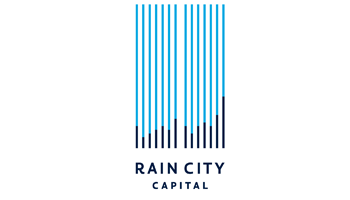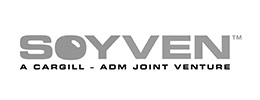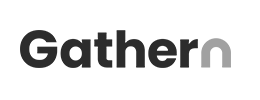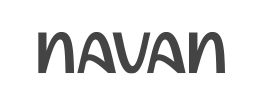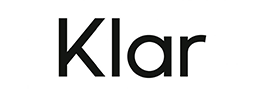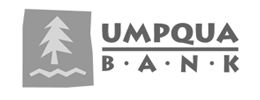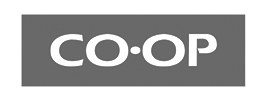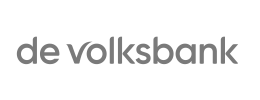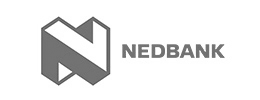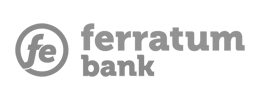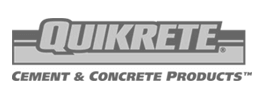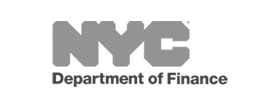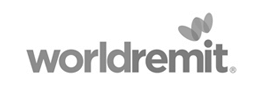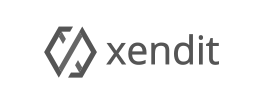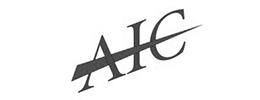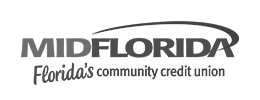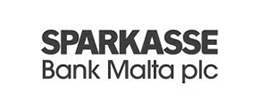Recon Data Factory, an integration and data validation hub, is now live with the ReconArt reconciliation solution
Recon Data Factory (RDF), an integration and data validation hub, takes end-to-end reconciliation automation to a new level. What does this mean for current and future ReconArt customers?
As we have often said – we listen to our users very carefully. It is a mutually beneficial relationship where the reconciliation platform gets better at serving its customers’ evolving needs thanks to user feedback and recommendations. ReconArt has a long-term commitment to product reinvestment and continuous improvements of the user experience.
One of the areas for upgrade we have identified concerns data upload into the system. The nature of the solution implies that ReconArt converges and ingest multiple data streams. Thus, a robust reconciliation platform becomes a centralized repository for transaction data gathered from dozens of systems and sources every month or even every day.
External data delivery and verification weighs down on the reconciliation process
The challenge here for reconcilers has several dimensions:
- Data from counterparty comes with different frequency (daily, weekly, monthly).
- Data is delivered in multiple formats that need to be converted
- Data feeds require building connection with a huge number of internal and third-party systems
Occasionally, bringing data into the system manually creates huge bottlenecks. Reconcilers are well aware of the mundane time-consuming chores around data preparation prior to matching. Fore example, one of the most laborious parts of it is collecting input from independent third-party source.
Manual reconciliation imports – the inside story
The communication with counterparties that provide external data for comparison with the internal account records usually takes place via email or some agreed shared storage application. In any case, the reconciler need to keep an eye on their queue and fetch the file into the reconciliation platform.
In the course of that monthly drill, reconcilers often stumble upon numerous mundane manual operations and trivial hurdles. For example, a file submitted by the partner as an email attachment has to be downloaded and saved, then pushed through the ReconArt import template.
However, in case of an import failure, reconcilers have to troubleshoot the error. Sometimes they must revert the file to the sender with a request to resubmit the data. It feels like calling someone on Mars – messages take time to get through, replies also come with a delay, lagging snowballs as the period-end deadlines loom. Incessant back and forth between partners to request a compatible file, repetitive cycles of failed imports are nerve-wracking and waste a lot of precious time.
Now multiply this loop by hundreds monthly.
Some of our clients in travel and cross-border money remittance have built large partnership networks across continents and time zones. At period end, they have to make sure that all expected inputs have arrived and are fit for ingestion by the system. So gathering all the necessary information requires organization and rigorous communication with hundreds of partner contacts. Nevertheless, some missing statement could slip through the cracks and cause stress and frustration.
How ReconArt automates data transfers in the reconciliation platform
The repeating theme of client annoyance with cumbersome email exchange of counterparty files attracted the attention of our product strategists. Consequently, it has inspired the development of a new product that complements the incumbent reconciliation platform. An extension that serves two objectives:
- Bridge between the API connectors of two business software systems
- User interface that provides a streamlined workflow for automated data delivery and verifications
As a result, Recon Data Factory went live in 2022 as a pilot project for some of our customers that maintained numerous external data feeds and would appreciate the benefits of all-round data transfer automation. RDF was introduced as web interface for easy upload and instant verification of input files.
What is Recon Data Factory (RDF)
To put it in a nutshell, RDF represents an integration layer that connects to the ReconArt environment via solution’s public API connector. Moreover, RDF also serves as a hub for data feed management and partner collaboration. The ReconArt clients provide dedicated space for third-party data delivery that is available for and operated by the individual partners directly.
Integration readiness
RDF secures readiness for integration of your reconciliation solution with multiple end-points. The portal orchestrates inbound and outbound data transfers and drive the reconciliation cycles without human supervision across complex application environments.
The said end-points include ERP systems, GL modules, core banking systems, and other business specific internal systems, as well as bank messaging interfaces, trading data platforms, electronic invoicing providers – virtually any external source participating in the reconciliations. Collaboration with integrators like Yodlee, Workato, or Celigo could create traction for even broader integration.
Importantly, RDF streamlines manual uploads which tend to be most inefficient. As a file delivery assistant, RDF provides a validation workflow as soon as the selected file is dragged and dropped in the designated shared folder. The portal supports cloud storage integrations with Dropbox, Microsoft OneDrive, Google Drive, Amazon S3 bucket.
File uploads management and data import automation
The import workflow for each type of upload aligns with the import template assigned to this partner specifically. An exclusive system communication channel opens in that way, allowing closer control on data delivery schedules and events that are significant for the audit trail.
If the file is not compatible, RDF indicates the cause and suggests a template. RDF supports multiple levels of verification to address the most common causes of import failure:
- ineligible file format
- flawed or corrupted file structure
- inaccurate field mapping
Besides the standardization of manual file uploads, RDF equips the ReconArt users with intuitive tools to automate data delivery from external locations into the system on a scheduled basis. The configuration encompasses a couple of simple steps:
- defining a source (SFTP location, or shared storage solution like Dropbox folder; RDF is storage agnostic) and destination
- selecting an already existing import template from the drop-down menu
- picking a schedule to instruct the system to search and pull new files
User access management capabilities of Recon Data Factory
The portal maintains separation of duties and introduces three levels of role-based user profiles with differentiation of the access rights.
- Admin is a ReconArt user authorized to build automation, invite users, create profiles and configure access right.
- Data Validator has responsibilities comparable to the daily ReconArt user / reconciliation specialist. They take care of the daily administration and maintenance of the RDF – track overall process, assign user tasks and workflows, and follow up on their completion.
- User is typically a partner contact in billing / accounting, non-ReconArt user, and liaison for external data inputs. They perform the manual uploads and take action on the delegated tasks.
Managing data delivery at period end and progress monitoring is significantly improved in RDF compared to alternative setups. Calendar view of tasks and status reports are visualized on personalized dashboards. Users can set up and manage their email notifications and reminders as well.
In terms of data security, RDF creates the conditions for error-free, secure data transfer. Email attachments can sometimes end up in the spam folder and their size limit is a bother. Encryption and automated processing eliminate the risk of routing sensitive data into the wrong direction.
Recon Data Factory enables efficient, high volume data delivery into the reconciliation framework
RDF has replaced the automation method for SFTP file transfer via multi-step PowerShell scripts. The upgrade retired heavy tech support involvement and enhanced the ReconArt user independence. The extension shortens the troubleshooting loops and protects data integrity at the source where corrections belong. Partner senders can check their input themselves and make sure that it has reached its destination successfully.
RDF has become the tool for data delivery automation that:
- Is suitable and intuitive to set up by non-technical personnel
- Secures integration capabilities with numerous data sources and systems
- Places the control over the system connectivity into the hands of the process owners
- Empowers ReconArt users to manage their counterparty networks more confidently and efficiently

 follow our blog
follow our blog